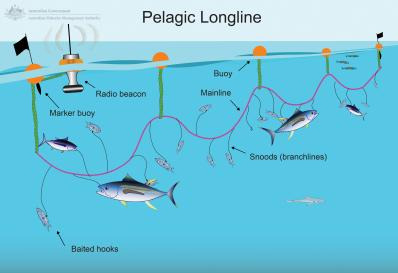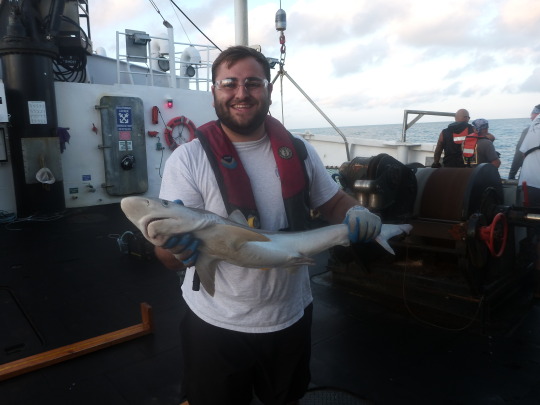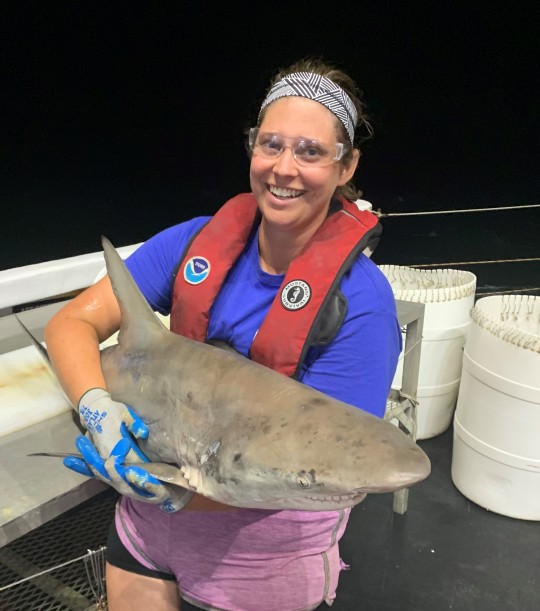#please reblog !! i really need a diverse dataset
Text
Horror Media Survey

Hi!
I’m a Pakistani university student and as part of an online journalism project I’m working on for a course, my team is conducting a horror media survey that focuses on slashers specifically as well.
So, I would really appreciate it if my fellow studyblrs could fill out the form given below, and share it with your followers and anyone else you think might be interested in the horror genre!
https://forms.gle/E3PETuD9nymKpnoR9
#studyblr#dungeonstudy#emmastudies#tbhstudying#elkstudies#stillstudies#studyquill#athenastudying#universi-tea#obsidianstudy#eintsein#philologystudies#studylustre#gloomstudy#intellectys#survey#horror#staedyhan#halloween#please reblog !! i really need a diverse dataset#mine
15 notes
·
View notes
Text
Marine Biology Story of the Day:
Hey guys.
Wow, thanks for all of the follows, reblogs, and shares. I’ve always wanted to do more science outreach like this but I wasn’t really sure how on social media (I’ve always been real bad at social media. I’m not a good millennial). So this is making my day guys:)
So, we are gonna kind of switch gears here--my husband suggested that I talk about a recent research trip that I went on last September. I got the chance to go on NOAA’s shark and red snapper long-line research trip.
Ya’ll, I got to tag tiger sharks.
We left out of Pascagoula, Mississippi and our trek took us out into the Gulf of Mexico. This time I didn’t have to do any sailing, instead we left on one of NOAA’s R/Vs (research vessel), the Oregon II. What happened to the Oregon I? Idk.

Long-lining is a pretty simple method of fish capture. It involves one “long line” with two buoys on either end (this line is a mile+ long in length) and on this long line are hundreds of secondary baited hooks. The great thing about long-lining is that you can catch faster and larger fish than other conventional fishing methods, and often, if you have a short “soaking” time (that’s the time you leave your long-line in the water, i.e., it’s fishing time) you can release most of the animals alive and relatively unharmed.

So the main goal of this research is to survey large swaths of the gulf and get a better idea of how many sharks are out there and how the shark populations are doing from year to year. We also take small fin clips and get genetic data on the populations--this way we can understand more about the genetic health of the population as a whole. The more genetically diverse the population is, the healthier it’s going to be in the long run and the better the population can survive disaster level events. We also tag sharks--this way if another fisherman or scientist catches them, we can get a better idea of their movements through out the gulf.
SOOOO anyway, I once again got put on night sampling (from Midnight to Noon, I was dying. My body was like, “why did you do this to me?”). A night of sampling went like this--we’d go to our stations in the gulf, put out our longlines, let them soak for one hour, haul them up, and process the catch (measuring, tagging, fin clipping, releasing). And boy, did we get some cool stuff.

Atlantic Sharpnose, held by my friend who’s been on this trip 3 years in a row. These were the smallest species we caught on the trip.

Scalloped Hammerhead being measured by a colleague who works on shark population genetics.

Blacktip Reef Shark that I was struggling with. When you held them like that, you would get “shark burn” from their skin--it was kind of like getting a mild rash, but with the bigger sharks, that’s the only way you could handle them.
For the larger sharks, we would pull them onto a large cradle to handle them because it was waaaaay to dangerous to handle them ourselves. The cradle also weighed the animals for us.

Juvenile Bull Shark at sunrise, just before it was lowered back into the water. You can see it’s tag--the yellow line next to the dorsal fin. This guy was 10 feet long ya’ll. A JUVENILE.

My goofy ass getting real excited about tagging a great hammerhead.

A female tiger shark getting lowered back down into the water. This lady was like 12+ foot long. I got to tag her and it was one of the most amazing moments in my little marine biology life.
For those of you who have concerns about handling the animals out of the water--we did it as quick as possible, it was like being on a pit crew. One person would get the hook out, another would take data, and another would fin clip and tag, and if we had an extra person, photographer. We couldn’t necessarily dive on these stations to try to tag sharks like you can in tropical reef locations, this was the open ocean essentially, pretty deep, often with less than ideal diving conditions. NOAA takes a lot of care in the safety of the crew and the animals, so this is essentially the best way to get the amount of data needed on a large population while releasing animals alive. Large datasets like this allow for better management of regulations and laws surrounding these amazing animals.
The NOAA Oregon II has a great facebook page that posts day to day activities about the survey, which runs from June? through September. You can also check on the other NOAA surveys that the ship does. https://www.facebook.com/NOAAShipOregon2
That wraps it up for now, I’ll probably do another post about this trip at some point, talking more about the different species (and maybe videos), other animals we caught, the awful run of bad luck we had with the ship, and why you shouldn’t go out drinking after 27 hours of no sleep, but for now, thanks for reading. And as always, if you have questions about this research, PLEASE don’t hesitate to ask.
#fisheries biology#marine biology#marine biology stories#ocean stories#marine science#marine research#NOAA#NOAA longline#seamap#sharks#shark biology#shark research#tiger shark#hammerhead shark#atlantic sharpnose shark#blacktip reef shark#shark tagging
21 notes
·
View notes